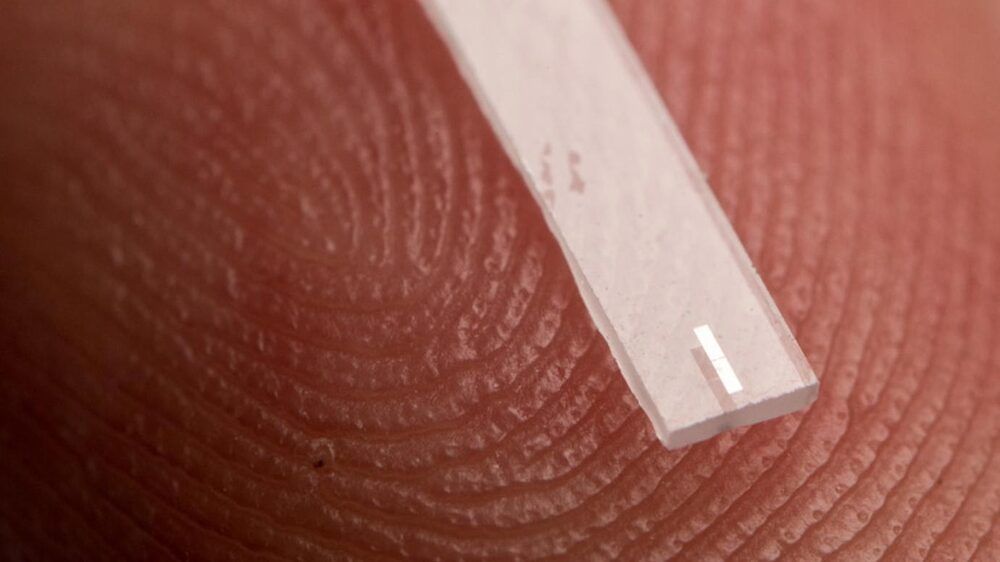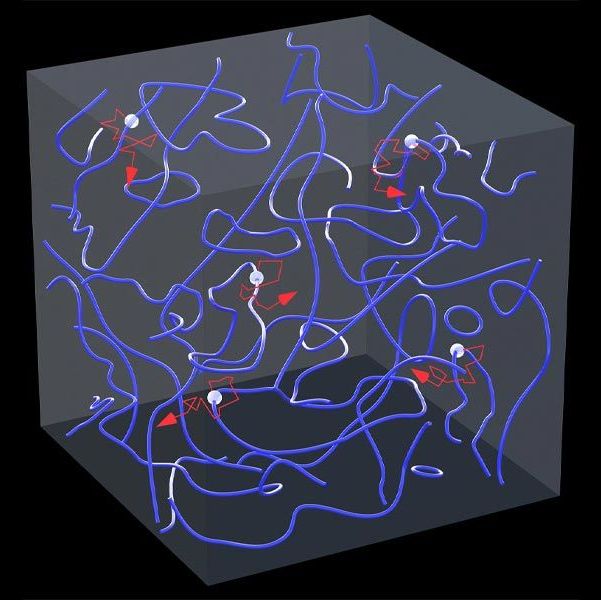Circa 2020 o.,.o!
By Leah Crane.
Google researchers have used a quantum computer to simulate a chemical reaction for the first time. The reaction is a simple one, but this marks a step towards finding a practical use for quantum computers.
Because atoms and molecules are systems governed by quantum mechanics, quantum computers are expected to be the best way to precisely simulate them. These computers use quantum bits, or qubits, to store information and perform calculations. However, quantum computers have difficulty achieving the precision needed to simulate large atoms or chemical reactions.









